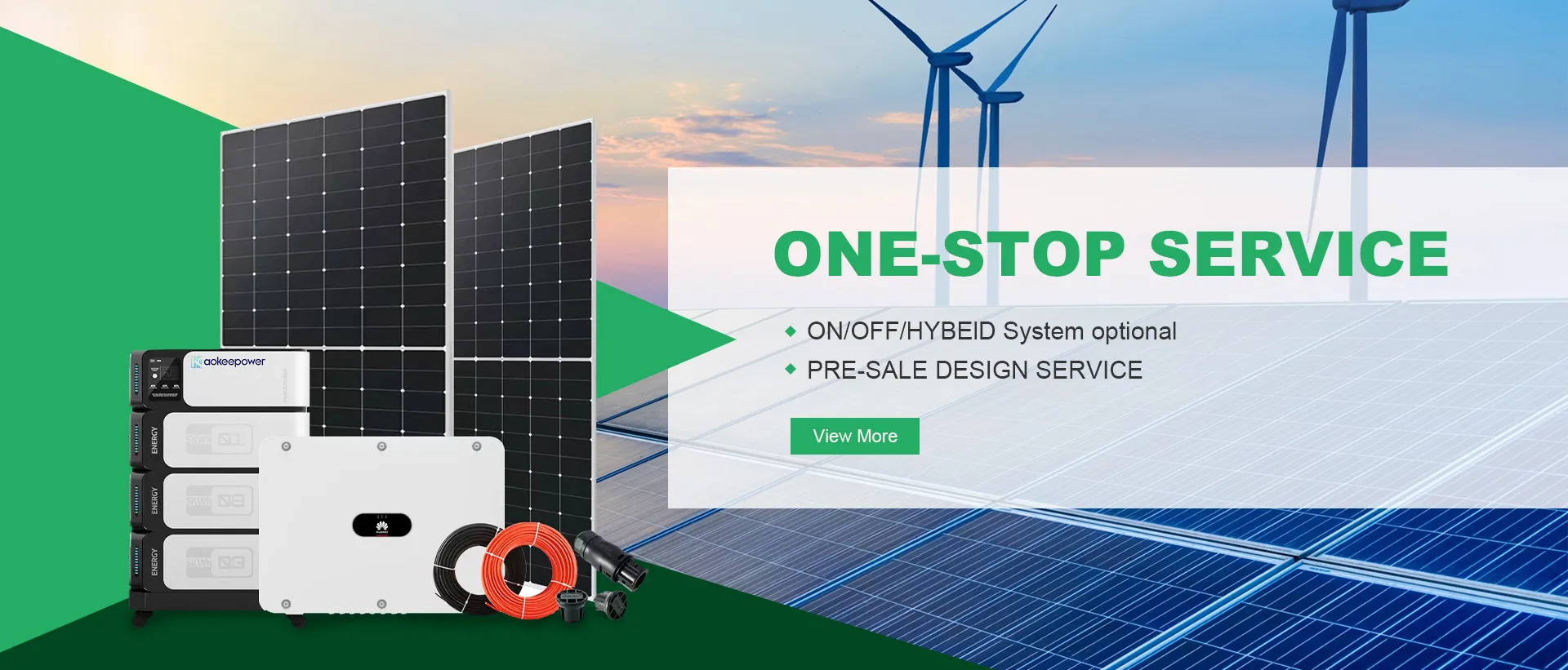solar system installation cost
Understanding the Costs of Solar System Installation
As renewable energy becomes more prevalent in our society, many homeowners and businesses are exploring solar system installations as a viable option for reducing energy costs and increasing sustainability. However, understanding the costs associated with these installations is crucial for making informed decisions.
The average cost of solar system installation can vary significantly based on several factors, including the type of solar panels chosen, the size of the system, the complexity of the installation, and regional labor rates. As of 2023, the installation cost of solar power systems in the United States ranges from $15,000 to $30,000 for standard residential setups. This price includes equipment, installation labor, and additional components such as inverters and mounting hardware.
Breaking Down the Costs
1. Equipment and Components The solar panels themselves generally account for the largest portion of the installation cost. Prices for solar panels fluctuated between $0.50 to $1.50 per watt in 2023, depending on the brand and efficiency. Homeowners must also consider the cost of inverters, which convert the direct current (DC) produced by solar panels into alternating current (AC) for use in homes. Additionally, mounting hardware and other installation materials add to the overall expense.
2. Installation Labor Labor costs can vary widely depending on the region and the complexity of the installation. Larger systems, or those requiring significant roof modifications, may result in higher labor costs. Generally, labor can make up about 10% to 20% of the total installation cost.
solar system installation cost

3. Permits and Fees Local municipalities often require permits for solar installations, which may add to the cost. Permit fees can vary significantly based on location and the size of the installation project. Moreover, while not always applicable, some homeowners may choose to consult with solar energy professionals or use specific financing options, which can introduce additional costs.
4. Incentives and Rebates One of the important factors that can significantly reduce the upfront cost of solar installations is the availability of federal and state incentives. In the U.S., the Federal Investment Tax Credit (ITC) allows homeowners to deduct a percentage of their solar installation costs from their federal taxes. In addition, various states and local jurisdictions may offer rebates and incentives that can further reduce the overall expenditure.
Long-Term Savings and Financial Considerations
While initial installation costs may seem daunting, solar systems often pay for themselves over time through reduced energy bills. Homeowners can expect to save an average of $10,000 to $30,000 over 20 years, depending on their location and energy usage. Furthermore, solar systems increase property values—homes with solar energy installations typically sell for more than those without.
In conclusion, while the initial costs of solar system installation can be substantial, the long-term savings and environmental benefits often outweigh these expenses. By understanding the breakdown of costs and considering available incentives, homeowners can make informed decisions about investing in solar energy for their homes. As technology advances and more consumers turn to renewable energy, the future of solar installations looks brighter than ever.
-
String Solar Inverter: The High-Efficiency Solution for Smart Solar EnergyNewsJul.14,2025
-
Revolutionizing Rooftop Energy with the Power of the Micro Solar InverterNewsJul.14,2025
-
Power Independence with Smart Off Grid Solar Inverter SolutionsNewsJul.14,2025
-
On Grid Solar Inverter: Powering the Future with Smart Grid IntegrationNewsJul.14,2025
-
Monocrystalline Solar Panels: High-Efficiency Power for the Future of Clean EnergyNewsJul.14,2025
-
Bifacial Solar Panel: A Smarter Investment for Next-Generation Energy SystemsNewsJul.14,2025







